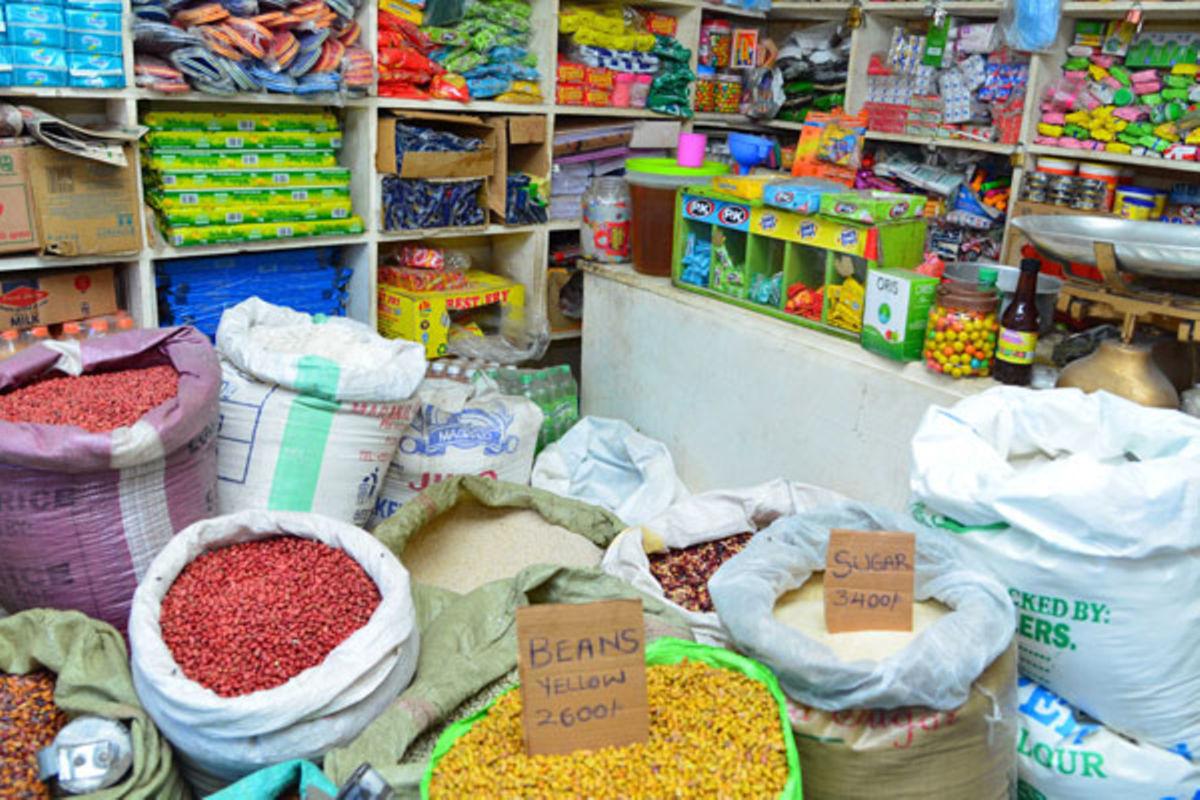Africa-Press – Uganda. Last June (2021), a household would part with Shs17,614 to buy a kilogramme apiece of maize flour, beans, cassava flour, sweet potatoes, rice, tomatoes, green cabbage, and sugar.
In May 2022, such was the inflationary pressure on households that Shs20,781 was needed to buy the same basket of goods.
Last month, the economic outlook deteriorated materially to the point that the same items would gobble up Shs22,179—a 22.9 percent year-on-year increase.
The prices of essential goods such as food and energy rose sharply, with the Uganda Bureau of Statistics (Ubos) putting the consumer price index (CPI) measure of inflation at 6.8 percent.
Specifically, the price of a kilogramme of maize flour rose to 48.3 percent from Shs1,843 last June to Shs2,898 last month.
There was also a sharp jump in the retail cost of a kilogramme of cassava flour from Shs1,673 (last June) to Shs2,202 (last month).
Tomatoes inflation shattered the 50 percent mark, soaring from Shs2,257 (last June) to Shs3,427 (last month).
The spike in the retail price of a kilogramme of rice from Shs3,649 (last June) to Shs4,224 (last month) further attests to the immense pressure on household budgets.
Ubos’ dataset shows that annual food crop inflation has risen steeply in the first half of 2022 from 0.7 percent in February to 14.5 percent last month.
“The rising food and energy prices, intensified by a weaker Uganda shilling, have worsened the inflation outlook for the remaining part of 2022 and into 2023,” Mr Michael Atingi-Ego, the central bank deputy governor, said this past week while announcing a new lending rate.
Ubos data released at the tail-end of last month showed that energy, fuel and utilities inflation rose to 14.2 percent from 12 percent in May.
The government has come in for some heavy criticism over its handling of the cost of living crisis.
It has, for one, chosen not to intervene even as petrol inflation (up 45 percent) and kerosene inflation (up 37.1 percent) rear an ugly head. Short-term economic interventions to help hard-pressed families catch a break have been hard to come by.
Mr Patrick Ocailap, the Deputy Secretary to the Treasury, told the audience at last month’s ABSA-NTV post budget dialogue that “it’s going to be painful for a short while” as the government of Uganda “maintain[s] market-based determination of prices.”
Last June, a litre of petrol, diesel and kerosene cost Shs4,009, Shs3,516, and Shs3,093 respectively. Last month, the CPI indicated increments (Shs5,859 for petrol; Shs5,796 for diesel; and Shs4,194 for kerosene).
The retail prices for both petrol and diesel have since breached the Shs6,000 mark in the new financial year.
Water
Just this past week, National Water and Sewerage Corporation introduced a new water tariff, with its top brass saying the soaring cost of doing business forced its hand. Domestic users, who previously paid Shs3,516 per unit (1,000 litres of water), now have to contend with a Shs219 increment. This is not out of kilter with last month’s CPI that captured a one percent increase in housing, water, electricity, gas, and other fuels’ costs.
For More News And Analysis About Uganda Follow Africa-Press






